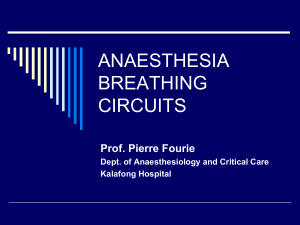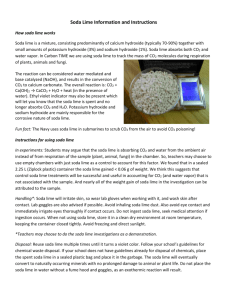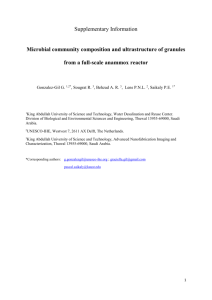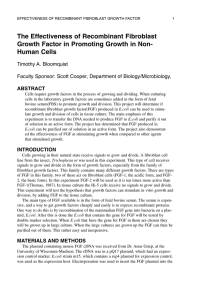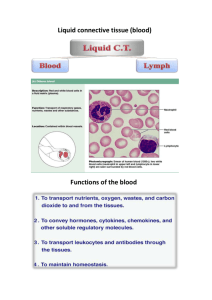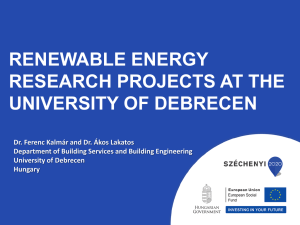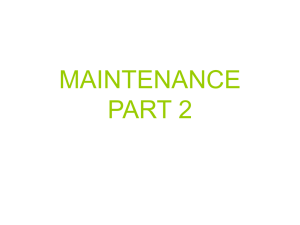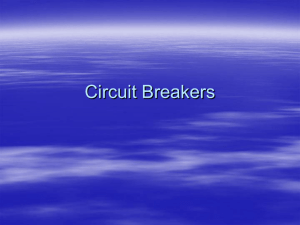Anesthesia Machine Amir Salah 4 of 4
advertisement
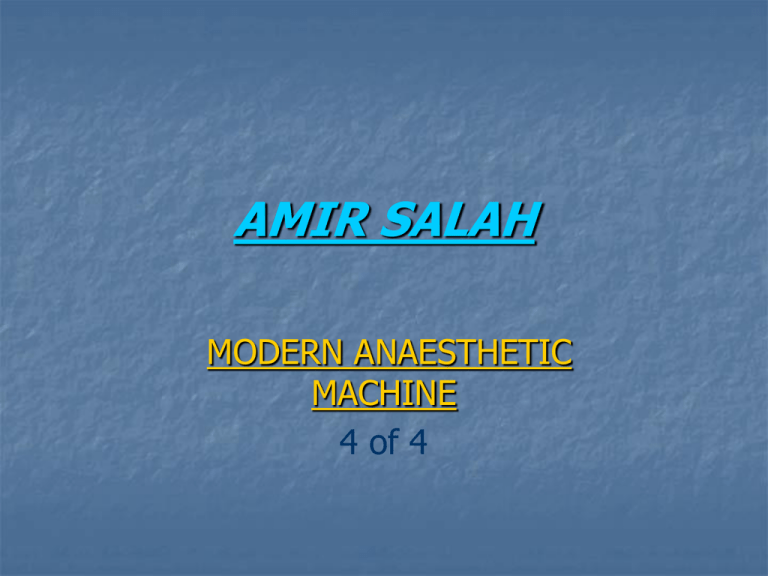
AMIR SALAH MODERN ANAESTHETIC MACHINE 4 of 4 CO-AXIAL CIRCUITS It is the form of circuits in which the inspiratory and expiratory tubes are inside each other in order to make the APL valve far a way from the patient. It was used in war time for life jackets . Revival of co-axial circuits in anaesthesia as version of semiclosed Mapleson’s was done by : 1.Canidian BAIN & SPOEREL in 1972 2.LACK in 1976 1.BAIN’S CIRCUIT It was designed to work by 70 ml/kg but by testing it was found to need 2 to3 MV ( D ). The FGF goes through central tube and expiratory gas along outer sleeve. Its length is 1.8 m ,outer and inner diameter are 22,7mm ADVANTAGES : 1.Reduced wt. 2. Scavenging attachment. 3.Adjustment of valve easily. 4.Warming of inspiratory gas by exhales. 5. Longer. 6.Ventilator attachment instead of bag (PENLON ) 2.LACK’S CIRCUIT 1.It is classified as Mapleson’s A 2.FGF from outer sleeve and exhales through the inner tube. 3.Unlike Bain’s the patient breathes through both tubes ,so diameters must be wider ; 28 & 14 Disadvantages Bulky & no attachment to scavenging or ventilator. Problems with co-axial circuits. 1.Resistance to inspir or expir flow, Lack’s needs outer sleeve at least 500 ml to decrease resistance 2.More serious inner tube KINK or DETACHMENT CLOSE CIRCUIT LOW FLOW 1. Totally closed system: Use only in veterinary practice 2. Basal flow system : FGF is reduced to basal level (250 ml) FGF must be 100%. It needs accurate rotameters and trained persons. How to give nitrous ? 3. Low-flow system: FGF set above basal but below the alveolar ventilation with CO2 absorber. Close Circuits Two basic pattern of closed circuit absorption apparatus are present : I. TO & FRO II. CIRCLE SYSTEM To & Fro Water’s 1924 1.In the To & Fro system there is no valves. 2.The patient breath to & fro from a rebreathing bag filled with CO2 absorber. 3.FGF is introduced into the circuit near patient , the reservoir bag can be separated by a suitable length of wide bore tubing but absorber must be near patient. 4.This system is bulky , restricts surgeon field , increases dead space and most important risk of inhalation of soda lime (dusting). CIRCLE SYSTEM In the circle system the direction of gas is controlled by two unidirectional valves , so that expired gas passes through an absorber into RB and then back to the patient. Advantages: 1.Economic in the consumption of gases and anaesthetic vapor 2.Conservation of heat and water. 3.Limitation of fire and explosion. 4.Less pollution . 5.Education! Disadvantage of closed circuit 1.However an over-riding danger of closed c. is that of varying anaesth uptake. 2.Varying efficiency of CO2 absorption. 3.Difficulty of accurately calculate basal O2 consumption. 4.It is never to predict conc. Of gases within circuit especially during induction. 5.It is consists of 7 parts & 10 connections CO2 Absorber 1.SODA LIME: Ca OH 94 % Na OH 5% K OH 1% Silica as a hardener material (no dusting) Co2+H2OH2CO3+Ca OH Caco3+heat+ water 2.BARALYME Ca OH 80% Barium (octo-hydrate)20% Less caustic ,produce less heat than soda lime , no silica is necessary to produce hardening , it contains mimosa Z and ethyl violet as indicator ,and used in space craft. Evaluation of CO2 absorber 1. 2. 3. 4. Absorptive Capacity Granules size &hardness Indicators Interaction with volatile agents 1.Absorptive Capacity 1.In soda lime approx. 25L/100g , while in baralyme is 27L/g 2.Ineffective removal occurs because outside of granules becomes exhausted before the whole granules is used up. 3.Another complicating factor is the size of canister , as larger provide a greater absorptive area and allow slower reaction 4.When system allows to stand regeneration occurs , it is important to shake canister after filling to increase its capacity 2.Granules size & Hardness 1.A fully packed canister consists of 50% granules and 50% inter-granular space . 2.Large granules make less resistance but more channeling and less surface area . 3.Granule size is measured by mesh size the optimum size is 4 to 8 mesh 4.To prevent fragmentation silica and clay is added to soda lime . 5.The tendency for dusting is measured by hardness number (> 75) 3. Indicators 1. A chemical indicator: is attached to granules which changes its color in acid media. 2. Capnography: is the key to the early detection of CO2 rebreathing. 3. Signs of hypercapnia: Increase in pulse rate , BP ,RR & oozing. Hypercapnia must be considered first and the easiest way to deal is to increase FGF 4. Interaction with volatile agents It occurs because of heat and moisture. 1.Trichlortheylene: Trilene At 60 c◦ decomposed to di- then to phosagene (toxic). 2.Production of CO: Increase level of carboxyhemoglobin (COHb) occurs if water content below 3.2%. The major danger occurs immediately when the circuit is used for the first time after a period of disuse, especially if there is a basal flow of O2 left on dehydration of granules especially baralyme. ( Monday morning). CO produced with enflurane, iso,sevo & esp.desflur 3.Compound A: Can be produced from modern anaesth drugs which can be absorbed by dry lime. 4.Fires from interactions of anesthetics with desiccated absorbent: In (2003) Holak &others concluded that large amount of CO may be generated and flammable gases may be produced and ignited when used sevo with baralyme. In (2004) Laster & others in lab work proved that baralyme with sevo leads to temp of 200 C, while with des & iso reached 100 C. Measures to prevent : 1. Monitoring of absorbent temp to 50 C in canister 2. In late (2004) manufacture withdraw baralyme from market. 3. Amsorb is a new absorbent that contains no strong base. 4. Soda lime seems to be less in hazard. MONITORING OF CIRCUITS 1.Pressure: Low <10 or high>50 pressure alarm Continuous press alarm >10 cm for > 15” Sub atmospheric press alarm < -10. PEEP alarm >25 cm or active. 2.Volume : Spirometry placed in the vicinity of the expiratory valve ,detecting low or high volume. 3.Gas composition : O2,CO2,Anaesthitics conc. I&E ,N2
